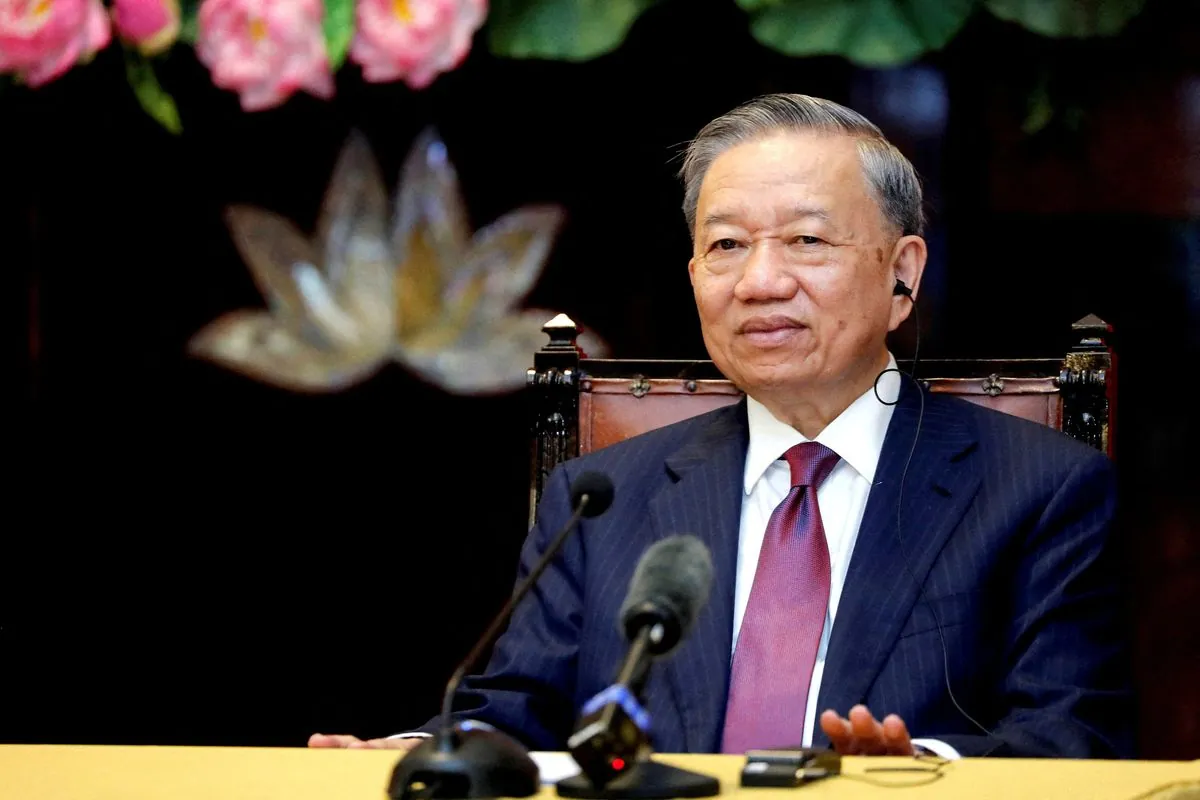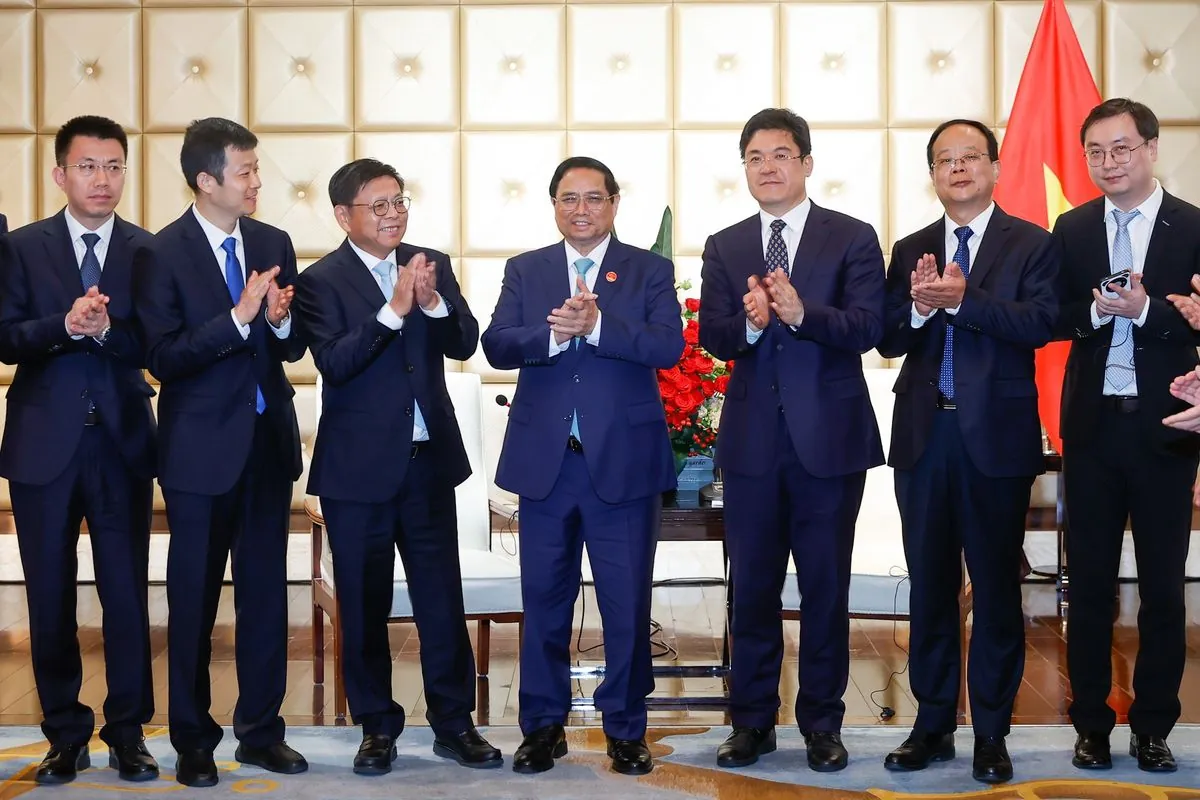Vietnam's New Leader Visits China, Strengthening Bilateral Ties
Vietnam's To Lam meets Chinese President Xi Jinping in Beijing, signaling close relations. The visit focuses on economic cooperation and infrastructure development, despite South China Sea tensions.

In a significant diplomatic event, To Lam, Vietnam's new leader, has embarked on his inaugural state visit to China, meeting with Chinese President Xi Jinping in Beijing. This visit, occurring approximately 8 months after a series of agreements were signed between the two nations, underscores the enduring relationship between these neighboring communist countries.
The choice of China for To Lam's first official trip abroad has been interpreted as a strong indication of the importance Vietnam places on its ties with Beijing. This visit builds upon a diplomatic relationship that spans over seven decades, having been officially established on January 18, 1950.
During his three-day visit, To Lam is scheduled to meet with Chinese Premier Li Qiang and other high-ranking officials. The itinerary began in Guangzhou, the capital of Guangdong province, where To Lam visited locations associated with the revolutionary activities of Ho Chi Minh, Vietnam's iconic leader.
The two nations share a complex history, including a 1,281-kilometer land border and occasional disputes in the South China Sea. Despite these challenges, China remains Vietnam's largest trading partner, highlighting the economic significance of their relationship.

A key focus of recent bilateral discussions has been infrastructure development, particularly in the realm of cross-border railway connectivity. Three specific rail projects have been highlighted, including a connection from the mountainous border town of Lao Cai to the vital port city of Haiphong. These initiatives aim to enhance the efficiency of Vietnamese goods transiting through China.
The cooperation extends beyond railways, encompassing various sectors such as agriculture, energy, digital economy, and green development. These collaborative efforts align with China's Belt and Road Initiative, which Vietnam joined in 2017.
While economic cooperation flourishes, both nations continue to navigate sensitive issues, particularly in the South China Sea. The disputed Paracel and Spratly Islands remain a point of contention, necessitating ongoing communication to manage potential incidents.
The relationship between Vietnam and China is guided by a "16-word guideline" emphasizing long-term stability. This approach has helped maintain strong ties despite historical conflicts, including a brief border war in 1979.
As both countries operate under one-party communist systems, their political structures provide a common ground for understanding and cooperation. However, this visit also serves as a reminder of the delicate balance Vietnam must maintain in its foreign relations, particularly given its geographical proximity to China and the complex dynamics of the Southeast Asian region.
"Both countries will work on cross-border railway connectivity and emphasize investment cooperation in agriculture, infrastructure, energy, digital economy, green development, and other fields."
This visit by To Lam to China marks another chapter in the evolving Sino-Vietnamese relationship, demonstrating both the strengths of their historical ties and the ongoing efforts to navigate shared challenges in a rapidly changing global landscape.


































